Comma Before To
Examples of the comma before and so yet and or. Writers tend to make this mistake when forming sentences in which as separates two independent clauses.
 When To Use Commas Before Quotations
When To Use Commas Before Quotations
If you were able to notice how the previous sentence was constructed which is a compound type then that means that youve already understood one of the three conditions that meet the post-comma placement.

Comma before to. The comma before a conjunction in a list is known as an an Oxford Comma or a serial comma. Both are correct as commas must be used after every clause except the one that comes before and. There are some rare exceptions though where the Oxford comma must be used.
Use one comma before to indicate the beginning of the pause and one at the end to indicate the end of the pause. When you insert a comma before as its meaning changes to because Many writers even good ones forget to put a comma before the word as when one is needed or they use a comma when they shouldnt. Arent the commas necessary in these sentences.
Languages such as German Czech and Polish have the rule that a comma should be inserted before every subordinate clause. Only one comma before to please. Always place a comma before or when it begins an independent clause but if it begins a dependent clause dont.
Its normally set off from the rest of a sentence with commas. Commas dont just signify pauses in a sentence precise rules govern when to use this punctuation mark. Commas should be used before and when joining two independent clauses or when compiling a list.
I need books papers pencils and crayons. If we take them off wont the meanings change. Here are some other examples.
Oxford commas are also known as serial or Harvard commas. Some grammar guides recommend a serial comma and others dont. A comma is a form of punctuation that indicates a pause in a sentence and separates items in a list.
Lets examine it in more detail. Simply put you should use a comma before which when it precedes a nonrestrictive modifying clause. For example comma usage can sometimes be a matter of opinion rather than proper use.
In English we do not have this rule if we did I would have put a comma between rule and that in the previous sentence. Comma before to for so preposition conjunction navi. Use a comma after the conjunction when it is followed by an interruption.
We also need a comma when if is used after a mid-sentence transition phrase such as for example or that is. You should always use a comma before and after an interrupter. Dont use a comma before the conjunction when the second clause cant stand alone.
The comma before the word and in the sentence above is. And only if you put a comma before the word from. Therefore a comma is required before who The last example above is a real example from a newspaper.
A nonrestrictive modifying clause is a phrase that adds nonessential information to a sentence without altering its meaning. John Lawler Apr 16 14 at 1536. And we also need to place a comma before if when it introduces a parenthetical remark either halfway through or towards the end of a sentence.
If you have a restrictive clause which is a clause that changes the meaning of your sentence when it is removed you should not put a comma before who. Whether you need a comma will depend on whether the clause after who is restrictive or whether it contains additional information that isnt essential to the sentence. The comma may come after a parenthesis also called round brackets but a comma should never appear before the opening bracket nor the closing parenthetical bracket.
The clause who live in the same village as us is just additional information about Sarahs parents. That comma is optional. Commas are needed before coordinating conjunctions after.
The same post-comma. As a writer you will have to decide whether to include a comma before and and or in a list. Commas can separate adjectives offset nonessential phrases and introduce direct quotations.
Keep an eye out for sentences that have a preposition before the word which since that construction indicates that you do not need to use a comma. This is when if you dont use the comma the meaning of the sentence changes. The only time you need a comma after but is when it is immediately followed by an interrupter.
An interrupter is a little word or phrase that interrupts a sentence to show emotion tone or emphasis. This issue is not limited to subordinate clauses beginning with that. Lets look at a standard list of items.
 Do You Need A Comma Before Or After Too The Grammar Guide
Do You Need A Comma Before Or After Too The Grammar Guide
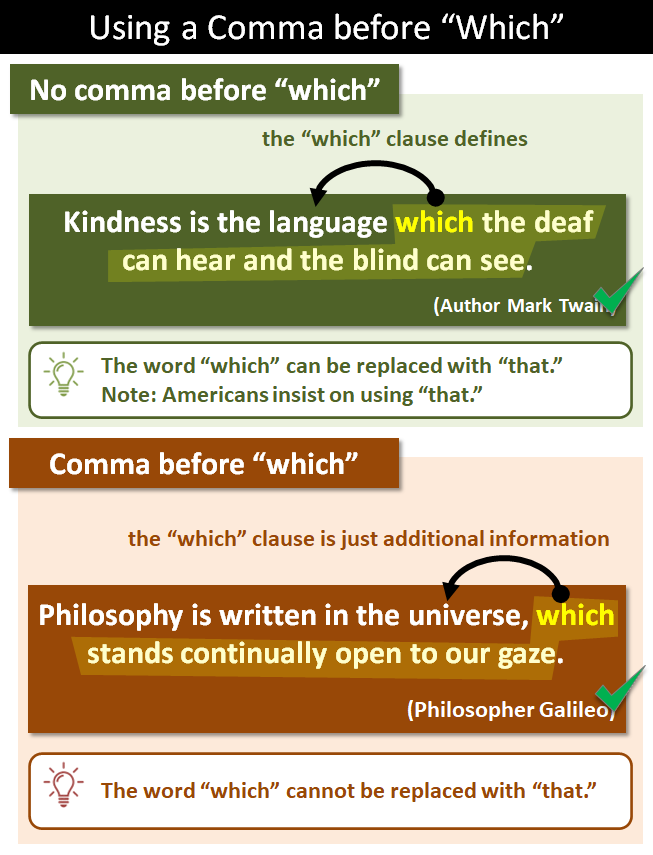 The Comma Before Which And Who
The Comma Before Which And Who
The Most Important Rules For Using Commas Without Looking Dumb
 When To Use A Comma Before And Wordagents
When To Use A Comma Before And Wordagents
 Should I Use A Comma Before For The Grammar Guide
Should I Use A Comma Before For The Grammar Guide
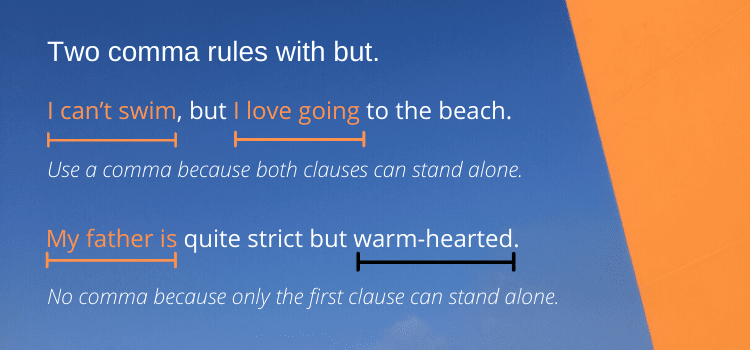 When And How You Use A Comma Before Or After But
When And How You Use A Comma Before Or After But
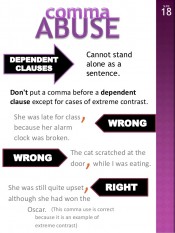 Because Since And Commas The Critical Reader
Because Since And Commas The Critical Reader
 Missing Comma Before Coordinating Conjunction Combining 2 Independent Clauses Youtube
Missing Comma Before Coordinating Conjunction Combining 2 Independent Clauses Youtube
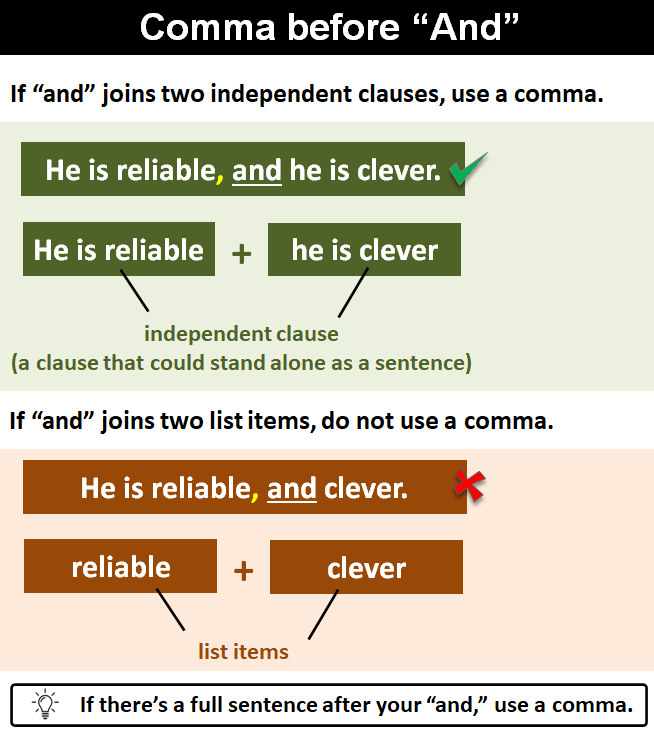 Commas Before Conjunctions E G And Or But
Commas Before Conjunctions E G And Or But
 When To Use A Comma Before And Useful Rules And Examples 7esl
When To Use A Comma Before And Useful Rules And Examples 7esl
 When To Use Comma Before Which Youtube
When To Use Comma Before Which Youtube
 When To Use A Comma With Too Grammar Girl
When To Use A Comma With Too Grammar Girl
 Can You Explain When To Use Comma Before The Quotation And When Not To And Why The Answer Is C Sat
Can You Explain When To Use Comma Before The Quotation And When Not To And Why The Answer Is C Sat
The Most Important Rules For Using Commas Without Looking Dumb
Comments
Post a Comment